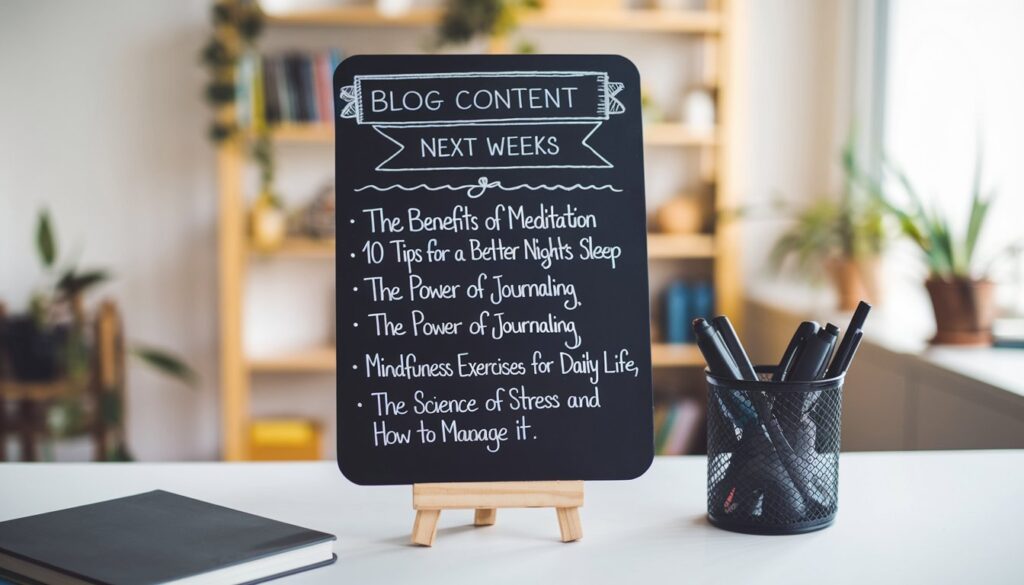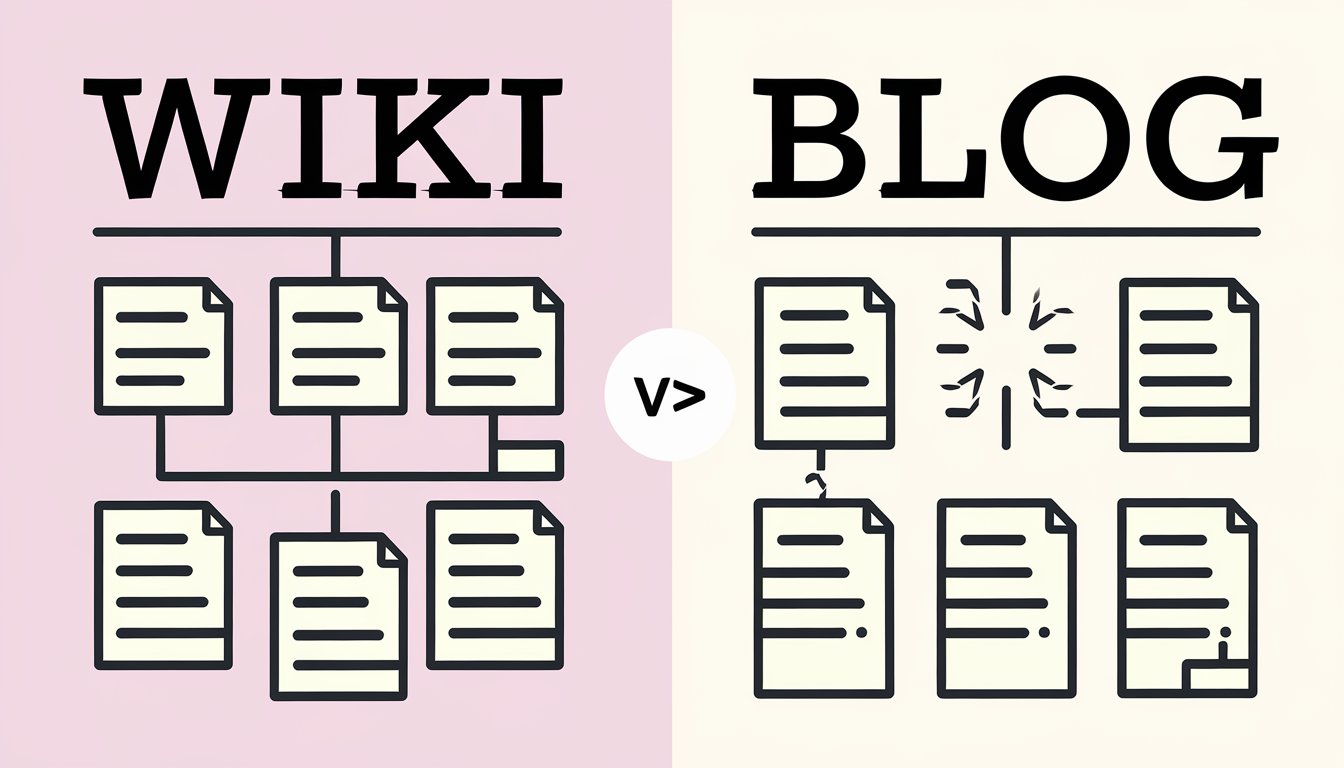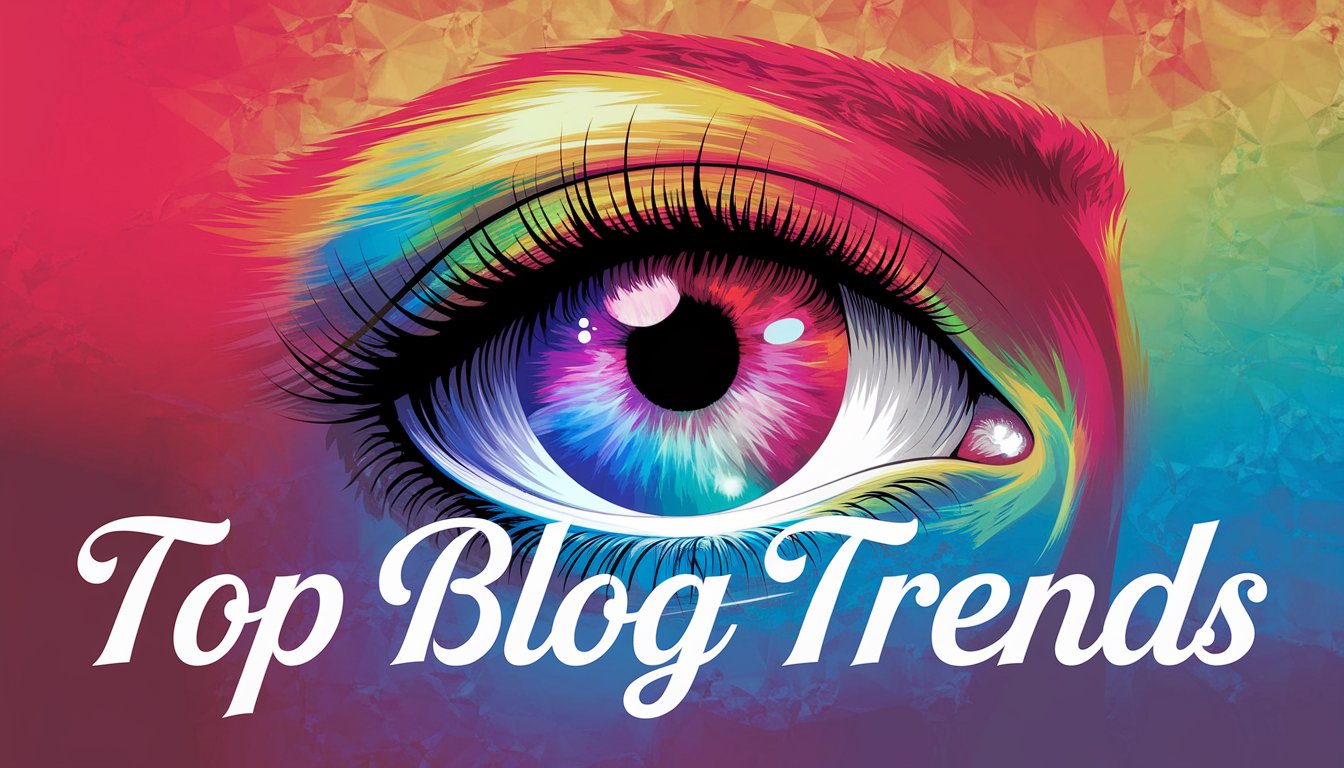How To Create a Blog Content Plan in 2025: Blog Content Planner
In the fast-evolving world of blogging, success in 2025 hinges on one key ingredient: a strong content strategy. Yet, many bloggers miss this crucial step.
Did you know that 65% of bloggers don’t plan their content? The result? Missed opportunities, inconsistent posting, and an audience left wanting more. On the flip side, blogs with a well-planned content strategy are 78% more likely to achieve their goals.
If you’re ready to rise above the competition and make your blog thrive, this guide is for you. A well-crafted blog content planner doesn’t just keep you organized. It fuels your creativity, ensures your posts resonate with your audience, and helps you stay ahead of trends.
Let’s dive deep into creating a content strategy that saves time, drives results, and keeps your blog thriving throughout 2025. Whether you’re a seasoned blogger or just starting out, this is your roadmap to blogging success. Let’s get started!
What Is a Blog Content Planner?
A blog content planner is a tool that helps bloggers organize and schedule their content. It outlines topics, due dates, and publication timelines to ensure consistency and effective blog management.
Planning content helps you stay on track with seasonal topics and manage contributions from multiple authors. A good planner supports various content types, such as written posts and videos.
Using tools like keyword planners enhances your content strategy by identifying audience interests and improving SEO, making your content easier to find.
Consistency is crucial for maintaining reader expectations. Some blogs post daily, while others post less frequently, but sticking to a regular schedule is key.

Benefits of Using a Blog Content Planner
A blog content planner is invaluable for content creation and marketing. It helps streamline blog management, especially when juggling multiple projects. With millions of websites competing for attention, a solid plan is essential. A content planner ensures a consistent publishing schedule, which is crucial for building brand awareness and audience engagement.
Content calendars allow marketers to plan a variety of content types, such as blog posts, videos, and social media updates. This diversity caters to different audience preferences and keeps your content fresh and engaging. By scheduling in advance, you maintain a regular posting rhythm, encouraging your audience to stay connected.
A content planner also enhances collaboration, serving as a central hub for marketing teams. Writers, designers, and social media managers can coordinate efforts effectively, improving teamwork and productivity. Shared visibility keeps everyone aligned on goals and deadlines.
Additionally, a content planner aids in tracking performance metrics like website traffic and engagement. This data-driven approach enables informed adjustments to your strategy. By aligning your content calendar with broader marketing goals, you create a cohesive brand presence across channels, maximizing your content’s impact.
Key Components of a Blog Content Plan
A strong blog content plan is essential for standing out online, with over 7 million blog posts published daily. A good plan includes clear goals, a deep understanding of your audience, and diverse content to drive engagement and growth.
- Set Specific Goals: Define measurable objectives, such as doubling organic traffic through weekly posts by March 2024. Companies that blog are four times more likely to rank higher in search results, making goal-setting a crucial step in your strategy.
- Understand Your Audience: Use tools like Google Analytics 4 for demographic insights and social media platforms for follower data. Tailoring your content to audience preferences ensures relevance and boosts engagement.
- Offer Diverse Content: Incorporate various content types into your strategy, such as SEO guides, customer success stories, and expert roundups. Diversifying your content appeals to different audience needs and enhances engagement. Blogging can generate 3 times more leads than traditional advertising.
- Conduct Keyword Research: Include keyword research in your plan using tools like Semrush or Ahrefs. Focus on keywords that align with different stages of the buyer’s journey — awareness, research, consideration, and selection. This will improve your blog’s visibility and attract targeted traffic.
How To Research Topics for Your Blog
Effective topic research is essential for creating valuable content. In 2025, bloggers spend about 9.5% of their time on research, which leads to more engaging posts.
- Analyze Competitors: Review your competitors’ content to identify popular topics and uncover opportunities to approach them uniquely. Tools like Ahrefs and Semrush can help you discover high-potential keywords, while Google’s “Related Searches” feature is a quick source of inspiration.
- Explore Forums and Trends: Public forums like Quora and Reddit reveal your audience’s questions and interests. Industry newsletters and tools like “Also Asked” provide insights into trends and frequently asked questions, ensuring your content stays relevant and user-focused.
- Prioritize Quality: Quality matters more than quantity. Use tools like LongShot to fact-check and ensure your content is credible. Well-researched, reliable content builds trust and helps your blog stand out online.
By using these strategies, you’ll create a content plan that resonates with readers and drives success.
Essential Steps To Create a Winning Blog Content Plan
Creating a solid blog content plan is the foundation of a successful blogging strategy. Whether you’re a beginner or looking to refine your approach, having a clear plan will keep you organized, focused, and consistent. Below are simple steps to help you craft a content plan that drives traffic, engages your audience, and supports your goals.
1. Create a Content Calendar
An editorial calendar is a valuable tool for bloggers and content creators, helping to visualize and organize your content plan. While companies often plan a year ahead, solo bloggers may opt for shorter timeframes. The key is to choose a system that works for you on your essential blogging platform.
Begin with a three-month plan that includes topic summaries, due dates, and target keywords. This approach offers flexibility while maintaining a clear roadmap. Tools like Google Sheets or Google Calendar are ideal for solo creators due to their simplicity and accessibility.
For more robust options, platforms like Asana or Trello provide advanced features such as team collaboration, task assignments, and detailed project management. These tools are especially helpful for bloggers aiming to enhance their content strategy and streamline their workflow on any essential blogging platform.
Treat your editorial calendar as a living document. It should adapt to unexpected events or trending topics that align with your blog’s focus. This ensures your content stays timely and relevant while adhering to your overall strategy.

2. Schedule Your Content
Scheduling blog posts is a crucial part of any content workflow. Tools like Planable, Hootsuite, and Sprout Social simplify this process.
- Planable supports nine social platforms and starts at $33/month.
- Hootsuite allows you to manage major social networks from a single dashboard, starting at $99/month.
- Sprout Social offers a comprehensive solution for scheduling and managing content.
For bloggers seeking specialized tools, the Traffic Transformer course highlights Prime Post Planner and Super Scheduler. These tools streamline your planning and scheduling efforts. Consistency is key for SEO and audience growth, and planning ahead helps you achieve business goals while reducing stress.
To avoid burnout, create a realistic posting schedule. Use batching to manage time efficiently and boost productivity. Posting at consistent times helps keep your audience engaged and builds trust.
With the right tools and strategies, you can maintain a seamless content workflow, ensuring your blog stays active and thriving.
3. Write and Edit Your Blog Posts
Writing engaging blog posts is key in content creation. Start by picking a topic you’re really interested in. This passion will make your writing more exciting for readers. Remember, it can take days to write and publish a blog post.
Begin with an outline to keep your focus and structure. Do thorough research using trusted sources to ensure accuracy. Always fact-check to avoid mistakes that can hurt your credibility. When writing your headline, aim for something specific and catchy.
Use tools like Grammarly or Hemingway Editor for editing. They help make your writing clearer and easier to read. Keep your headings short and to the point, ideally eight words or less. This makes your post easier to scan. Setting up your first blog can seem tough, but with the right help, it’s doable.
Lastly, don’t forget about SEO optimization. Include relevant keywords naturally in your post, including in headings. It’s important to be consistent in your point-of-view and relevant to your audience for clear and engaging content.
4. Promote Your Blog Content
After you’ve written great blog content, it’s time to share it. Content marketing is more than just writing. It’s about getting your work seen by the right people. Use social media to share your blog posts on platforms like Facebook, Twitter, and LinkedIn.
Make images for each platform to grab attention. Write captions that fit each social network. This makes your content pop in busy feeds. Also, talk back to comments and start discussions to connect with your readers. For important posts, think about running paid social ads to reach more people.
Don’t overlook email marketing. Send new blog posts to your subscribers to bring them back to your site. This keeps your audience interested and coming back. Remember, promoting your content is as crucial as creating it. With a good plan, your blog’s impact will grow.
5. Measure the Success of Your Content Plan
It’s crucial to track the success of your content strategy. Analytics help you see if your blog posts are connecting with readers. Set goals, like boosting web traffic by 20% in six months. This will give you something to aim for and measure.
Key performance indicators (KPIs) are key for checking your content plan. They include website traffic, social media engagement, and conversion rates. Google Analytics is great for tracking these and planning your content. It shows you unique visitors, page views, and time on each page.
Remember engagement metrics. Social shares, comments, and likes show how your content is doing. A high bounce rate might mean your content isn’t what readers want. However, a low bounce rate and high time on page indicate that you’re hitting the mark.
Also, 73% of B2B marketers use content marketing to nurture leads. By checking your analytics often, you can improve your content strategy. This data-driven way will help you make more effective and engaging content over time.
6. Adjust Your Plan for Better Results
Regularly review your blog’s performance using tools like Google Analytics to track metrics such as traffic, engagement, and conversions. Use these insights to identify strengths and areas for improvement. Collaborate with your team to brainstorm fresh ideas and adjust your content strategy to reflect new trends or opportunities.
Stay consistent with your posting schedule but remain flexible enough to incorporate timely topics. Leverage AI tools like Sprinklr to analyze audience behavior and refine your approach. By continuously evaluating and adapting your plan, you can ensure your blog stays relevant, engaging, and impactful.
Conclusion: Your Roadmap to Blogging Success in 2025
Crafting a blog content plan is about staying organized and unlocking your blog’s full potential. With a well-thought-out planner, you can consistently deliver value, adapt to trends, and effectively engage your audience.
By combining strategic research, structured calendars, and regular performance reviews, your blog can thrive and become a powerful tool for achieving your goals. As you step into 2025, let your content plan serve as the compass that steers your blog toward lasting success.
Ready to take the next step? Explore actionable strategies and tools to streamline your blogging process and create high-quality, engaging content. Visit After Social for expert tips and guides to elevate your blogging journey!





